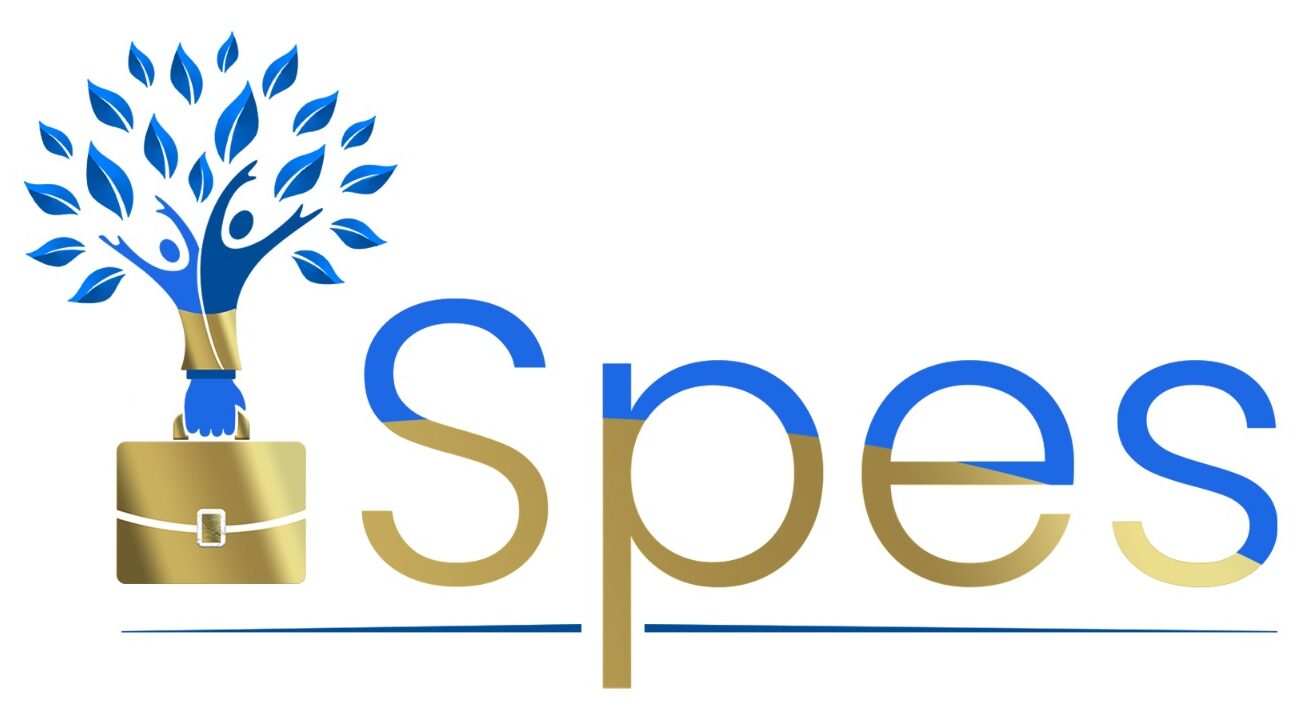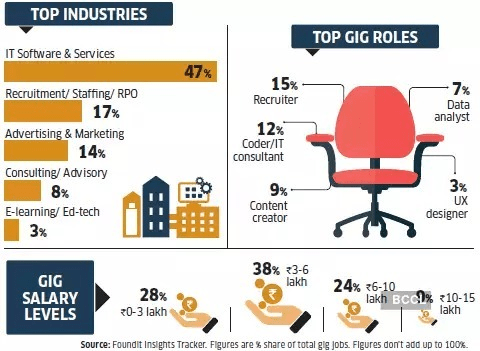The Evolution of Recruitment Strategies: Challenges, Innovations, and Future Prospects
Recruitment strategies have come a long way. From newspaper advertisements to sophisticated AI-driven processes, the journey has been marked by an impressive series of challenges and innovations. Let’s dive deep into the metamorphosis of these strategies, illustrating how they’ve changed over the years and where they might be heading next.
Challenges in Traditional Recruitment
Traditionally, recruitment was primarily a manual endeavor. Employers would advertise vacancies in newspapers or on job boards and sift through piles of resumes by hand. This system posed numerous challenges:
- Volume Overload: Larger companies received hundreds or even thousands of applications for popular positions, making it an arduous task to evaluate candidates.
- Bias and Inconsistency: Human reviewers could unintentionally allow their personal biases to influence their evaluations.
- Missed Opportunities: Relying solely on paper resumes often meant overlooking candidates who might be a better fit in terms of soft skills, culture, or potential.
Example: Think of companies like IBM in the 80s, recruiting for tech roles. Despite their best efforts to hire the brightest minds, without modern recruitment tools, many potential stars could slip through the cracks simply because their resumes didn’t stand out in the towering stack.
Innovations in Recruitment
With technological advancements and a deeper understanding of organizational dynamics, recruitment strategies began to evolve:
- Digital Platforms: The rise of platforms like LinkedIn, Monster, and Indeed shifted recruitment to the digital realm. These platforms made it easier for employers to reach a wider audience and for job seekers to find positions that matched their skills and preferences.
- Applicant Tracking Systems (ATS): These systems helped recruiters manage and filter vast numbers of applications, ensuring that the most relevant ones were prioritized.
- AI and Predictive Analytics: Advanced AI tools analyze vast amounts of data to predict which candidates are most likely to succeed in a given role.
- Diversity and Inclusion: Modern companies realized the importance of a diverse workforce, leading to recruitment strategies that prioritized these values.
Example: Google’s hiring process is renowned for its rigor and innovation. Their use of structured interviews, analytical assessments, and a focus on problem-solving skills showcases how modern companies use a blend of technology and psychology in recruitment.
Future Prospects
The future of recruitment is poised to be even more dynamic. Here’s a sneak peek into what might lie ahead:
- Virtual Reality (VR) and Augmented Reality (AR) in Interviews: Imagine a candidate experiencing a day in the office through VR before they even join. This can help them assess cultural fit and understand their role better.
- Continuous Adaptability: The nature of jobs is changing rapidly with the Fourth Industrial Revolution. Recruiters will look for candidates who can adapt to new roles and learn on the go.
- Focus on Soft Skills: With automation taking over many tasks, soft skills like creativity, emotional intelligence, and adaptability will be more prized.
Example: Consider the tech startup world. They’re already experimenting with AI-driven chatbots that interview candidates, assessing not just their knowledge but their response times, language use, and more, offering insights that go beyond the traditional interview.
The evolution of recruitment strategies is a testament to how businesses adapt and innovate in the face of challenges. As we stand on the cusp of a new era in recruitment, it’s exciting to consider how these strategies will further morph, ensuring that companies find the right talent and candidates find their ideal roles. Whatever the future holds, it’s clear that the recruitment landscape will continue to be dynamic, tech-driven, and deeply human-centric.



